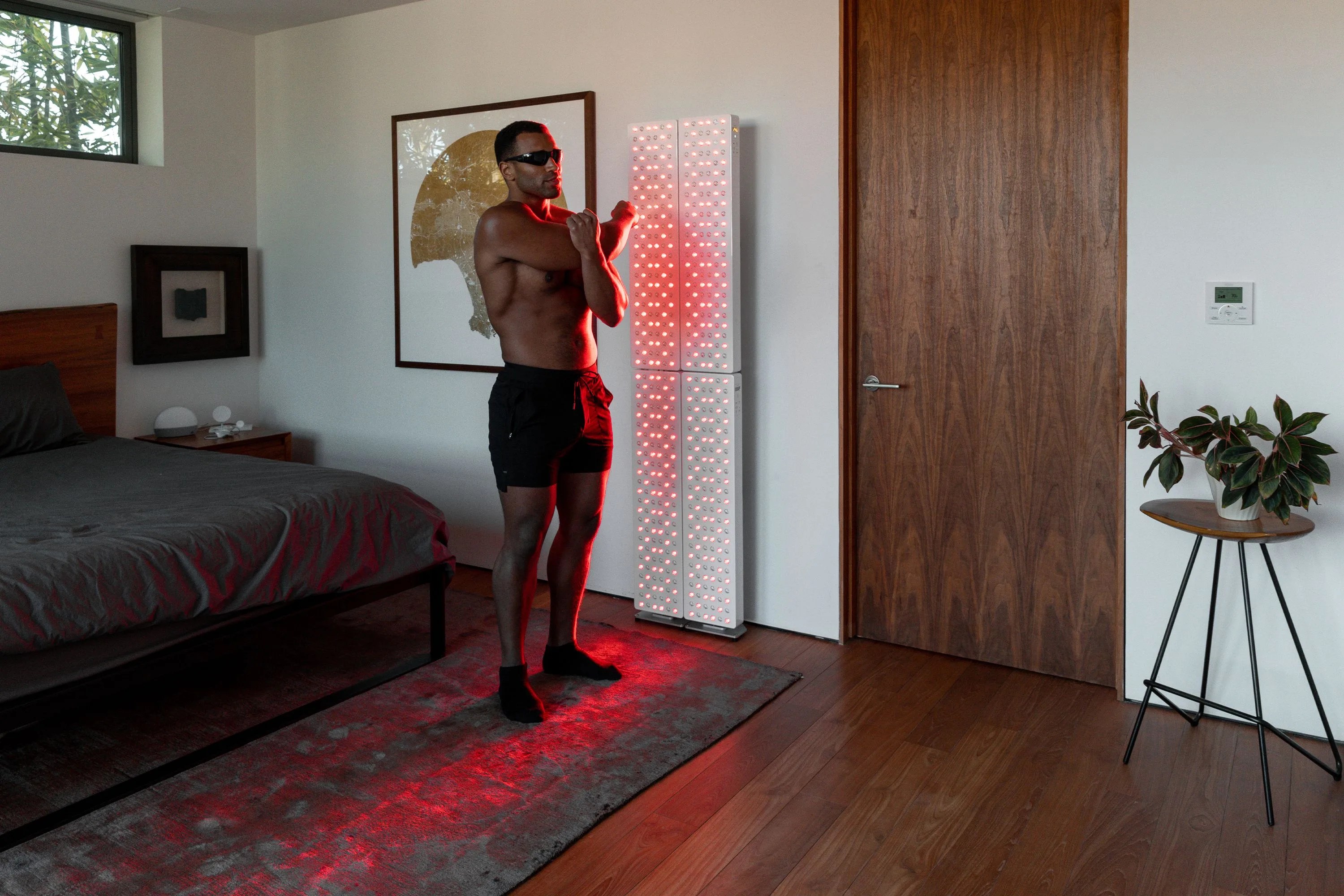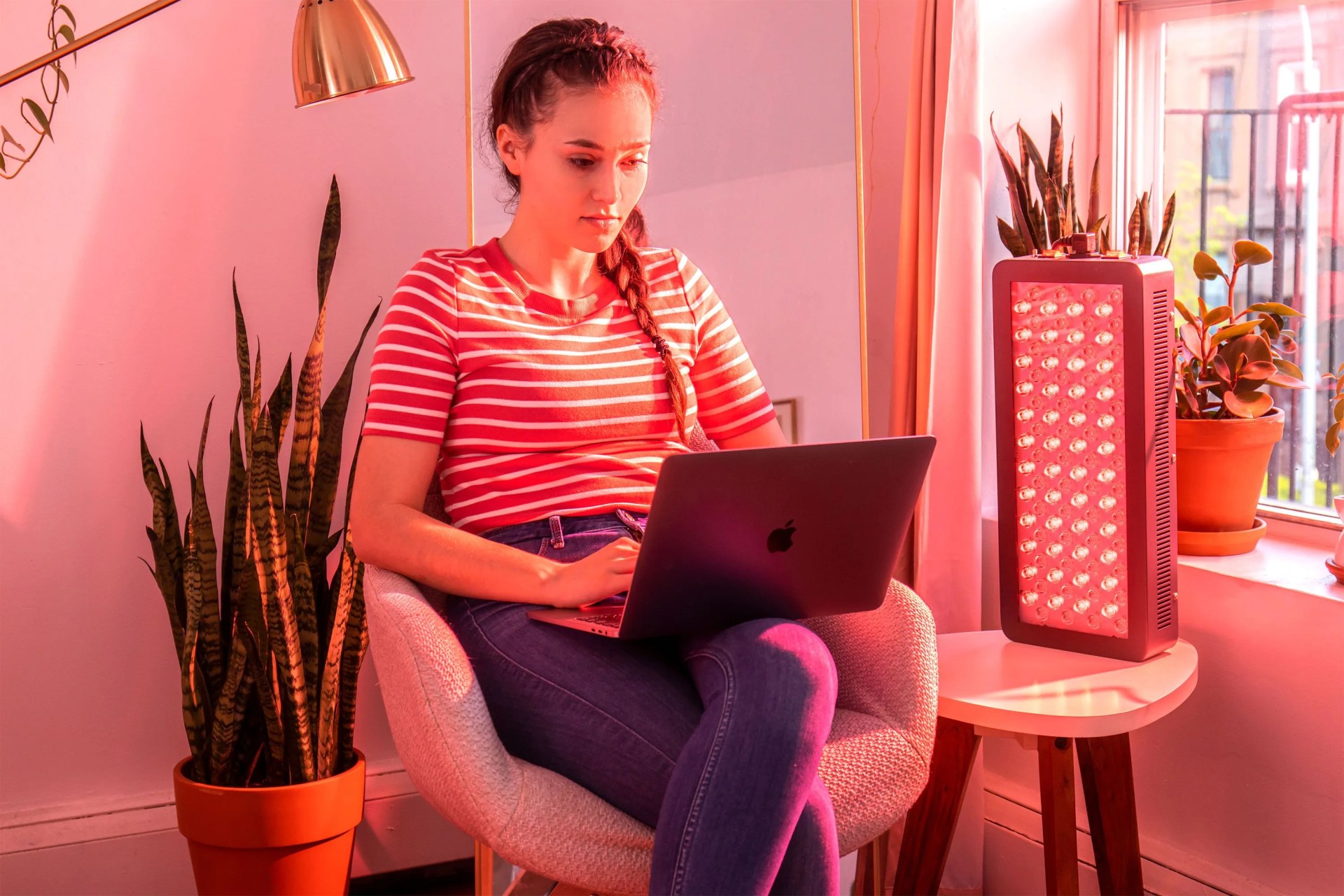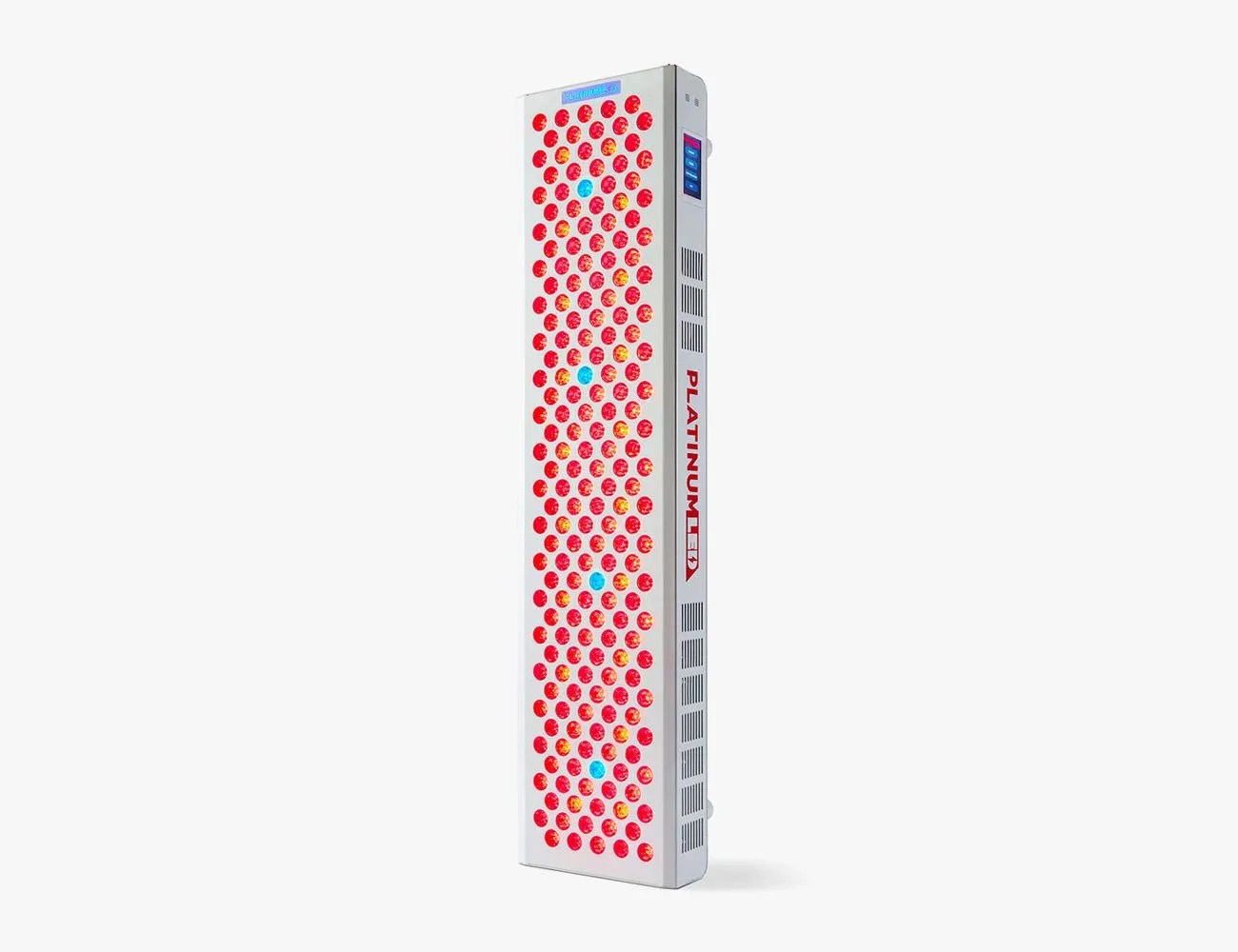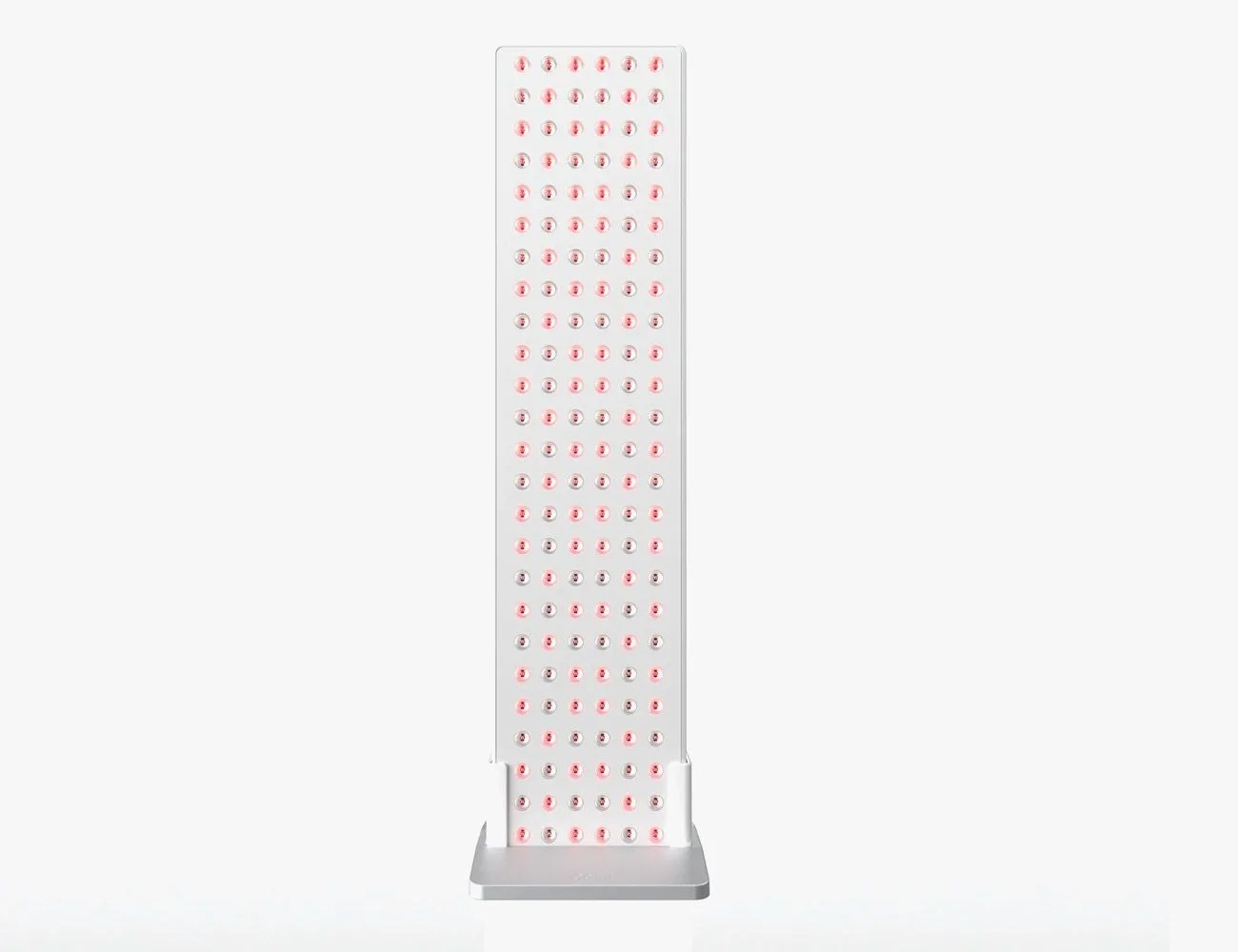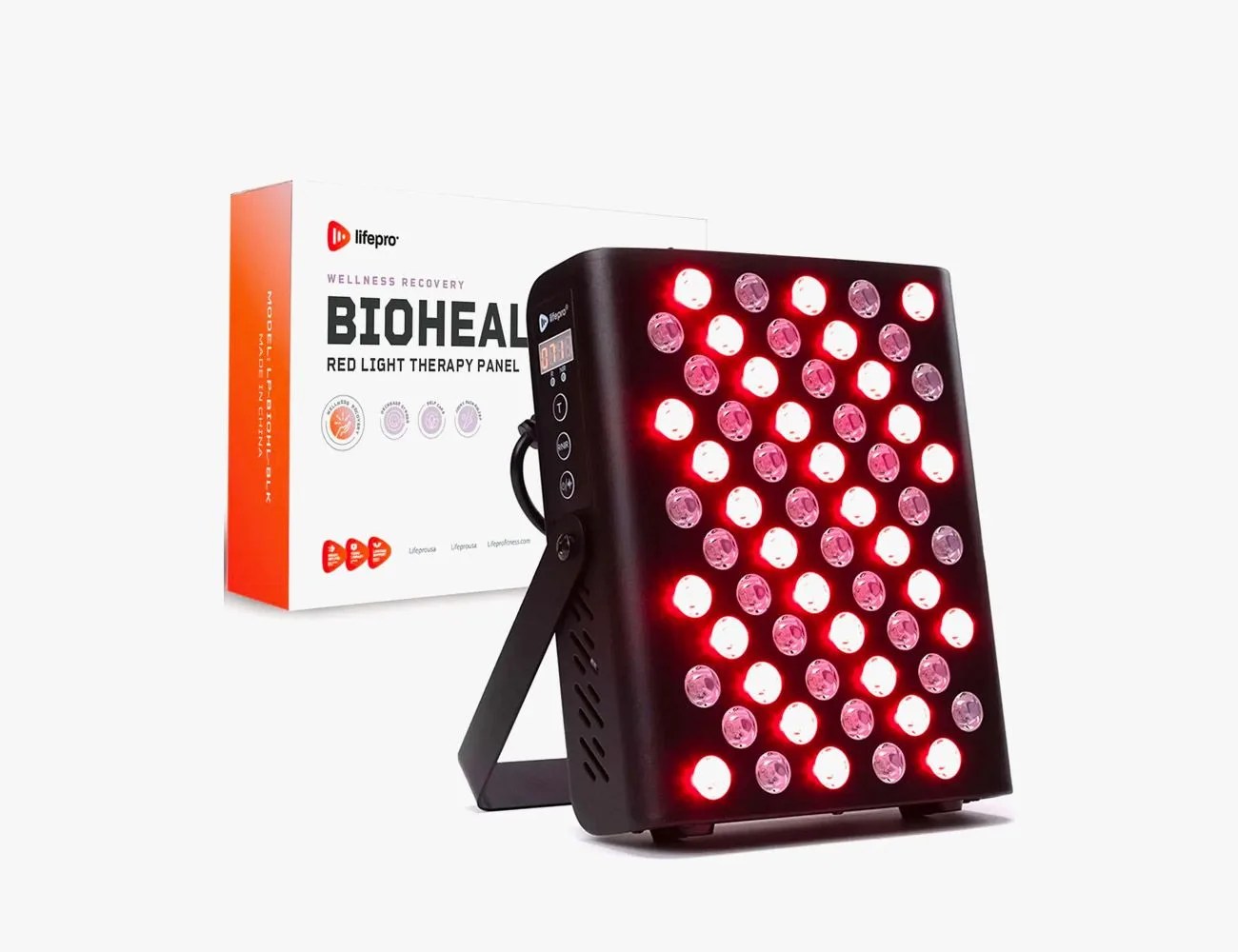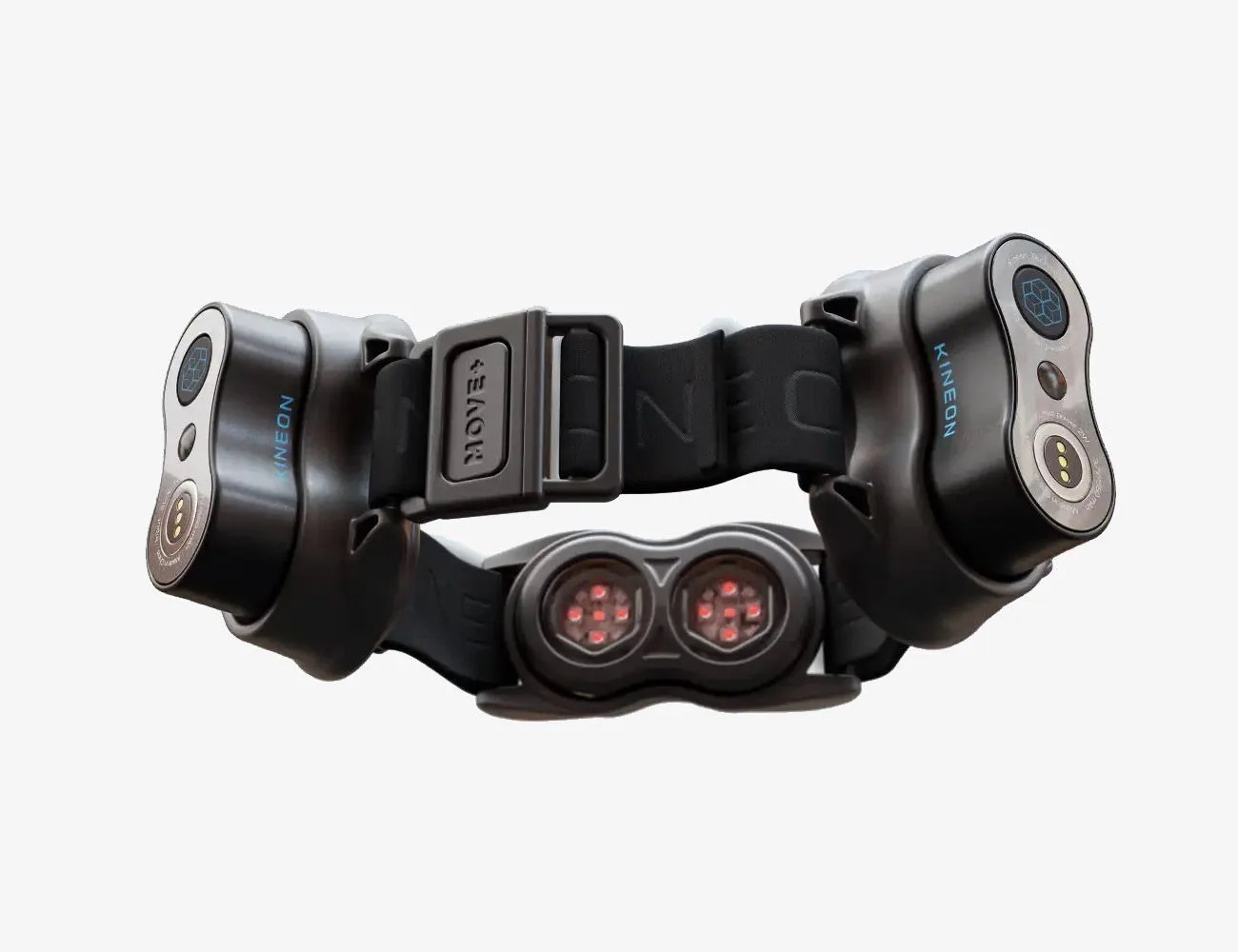There’s a lot of effort that goes into a well-rounded fitness regimen beyond just working out. There’s dieting and supplementation to proper recovery and sleep. Sometimes, you just need a break. Well, a newfound recovery method may be the ticket for that hands-off approach, at least in one aspect of our normal fitness routines.
Red light therapy is a growing trend in recovery, offering treatments designed to help your muscles recover quickly from workout-induced aches and pains. But what is it, exactly?
What Is Red Light Therapy?
In its most basic form, red light therapy — RLT for short — is a treatment that uses red light at varying wavelengths to target cellular stimulation for the sake of better health. The energy from light-emitting diodes brings energy to these tired cells, causing them to enter a process of self-repair. As a result, exposure to red light during treatment can lead to a number of benefits, depending on how routine exposure becomes and how deep the wavelengths are able to penetrate the skin.
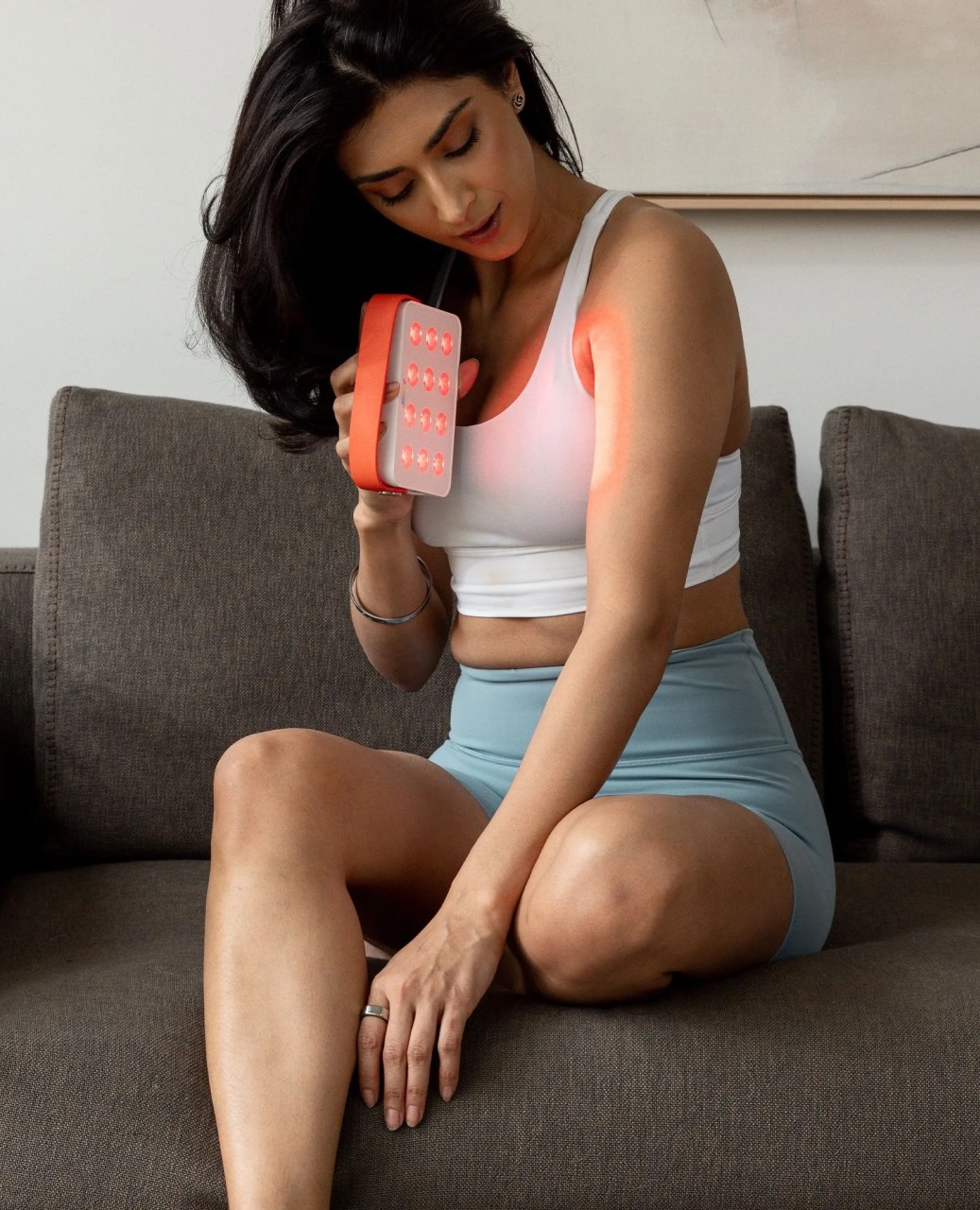 Joovv
JoovvRLT can be administered in a number of ways, with large LED light panels, sleek handheld devices and ultra-portable wearables being the most popular. And sure, while the technology may seem novel, or even suspicious, there’s plenty of research to back up RLT’s effectiveness. There are a number of peer-reviewed clinical studies dating back decades that showcase how influential routine exposure to red light can be on the body.
How Does Red Light Therapy Work?
Unlike other recovery methods like percussive massage or foam rolling, RLT works from a non-invasive nature meaning you don’t need to actively engage your muscles and cells to generate relief. All that’s needed is an at-home RLT device and some time spent in front of the light-emitting diodes. Treatment can range anywhere from 5–30 minutes, depending on the amount of pain felt post-workout.
In this time, the light enters your cells without any feeling or sensation, triggering a biochemical effect that supposedly strengthens the present mitochondria — the powerhouses of the cell. Think of your mitochondria as power plants for cellular energy, and what’s a stronger power plant to do but act more efficiently in terms of making the cell function properly? Thanks to the energy boost from RLT, your mitochondria are more equipped to kickstart the rejuvenation and repair process required post-workout.
